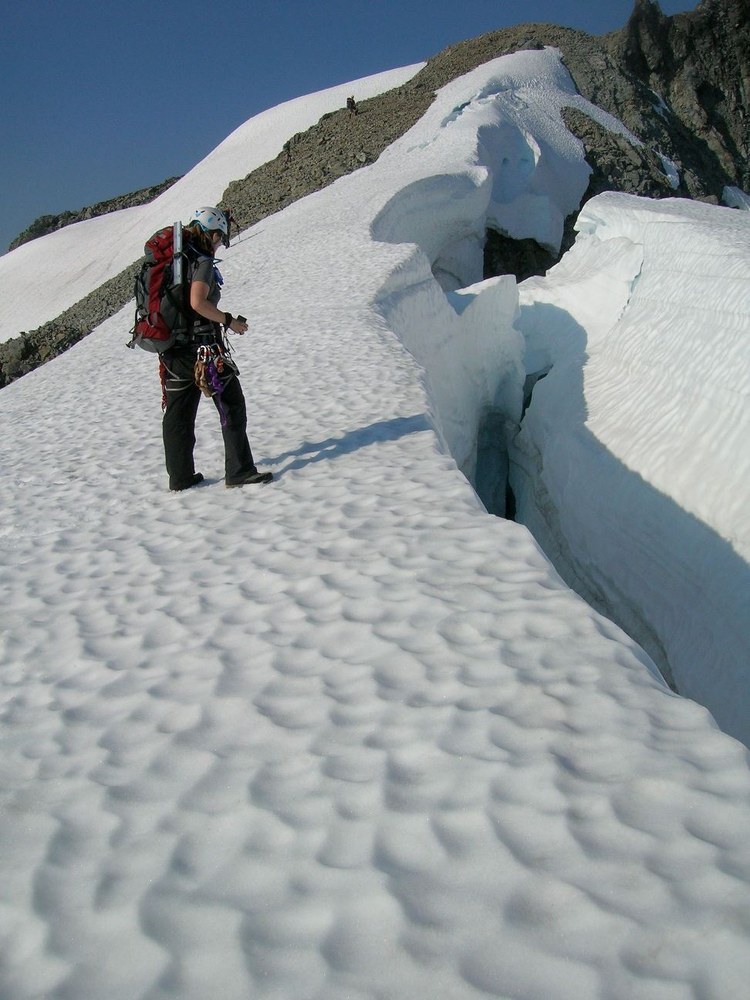
Ever wonder what happens when you report an incident? What happens to the information supplied, when should you report an incident, and what information is needed?
Reporting an Incident
Each trip roster is closed out with the option to report an incident. Always report incidents that require a trip the Emergency Room or dialing 911 for help.
But what about things less serious? Maybe it was just a tumble down slick heather that resulted in scrapes and a bruised ego. Maybe nothing happened at all… but it could have, and it could have been bad.
If it brings the party to a halt and the first aid kit comes out, it’s worth reflecting on what happened. Could something have been done differently? If you had known about that beforehand, could you have avoided the incident or mitigated its outcomes? If the next guy wasn’t any wiser, could it be trouble?
Information to report
If yes to any of the above, spend a few minutes and report it. Tell us what happened and provide some detail. Were there contributing factors? The basics of who, what, were, when and how may shed light on why.
Also, you are invited to provide any "lessons learned" that you think would be helpful to others.
What happens to your report
Safety Committee is copied on all incident reports. If detail is needed, the branch Safety Officer or a delegate may follow up. The reports submitted are categorized at the end of the year and reviewed for patterns, themes and learnings that may benefit others. The formal analysis results in an annual summary and set of recommendations that are published each spring. Names are sanitized or removed in what’s published. All are archived and can be found on the Safety home page.
The Mountaineers Safety Committee is composed of representatives from each of the Mountaineers branches. Most members are senior in their respective activities. They are appointed by the branch executives as technical advisers to collect, analyze, and report on data from "near misses" and incidents in the club.
Members on the Safety committee have a wide breadth of experience and professional backgrounds that range from trip leaders to senior instructors, professional guides, engineers, health care professionals and attorneys. We are chartered with ensuring that our activities follow current safety standards, and we provide resources for our leaders and instructors to operate safer in the field and to reinforce adoption of modern best practices.
-- Tony Tsuboi, Mountaineers Safety Committee
 David Shema
David Shema